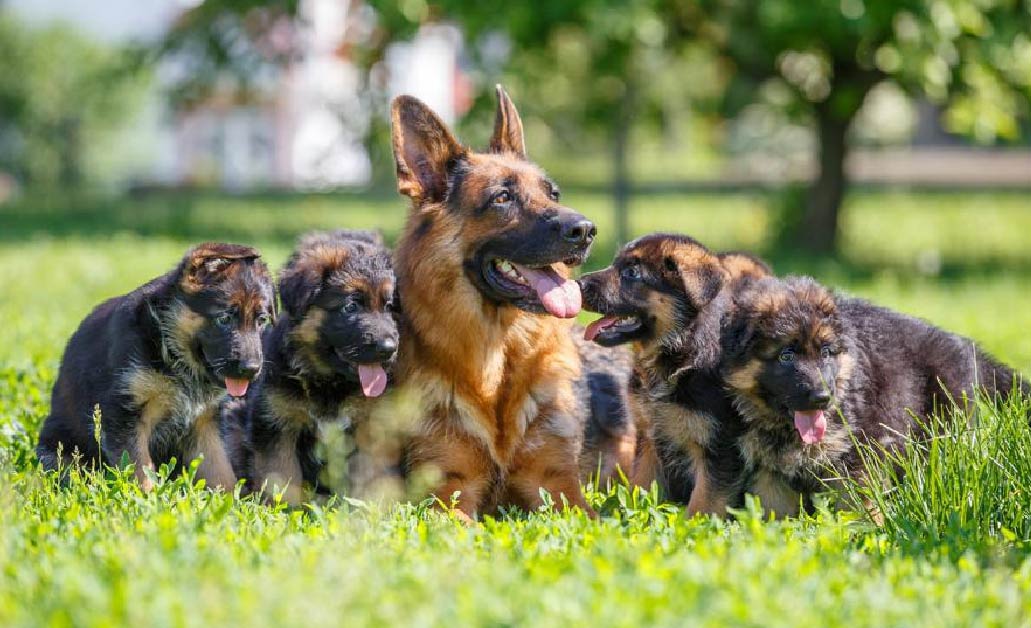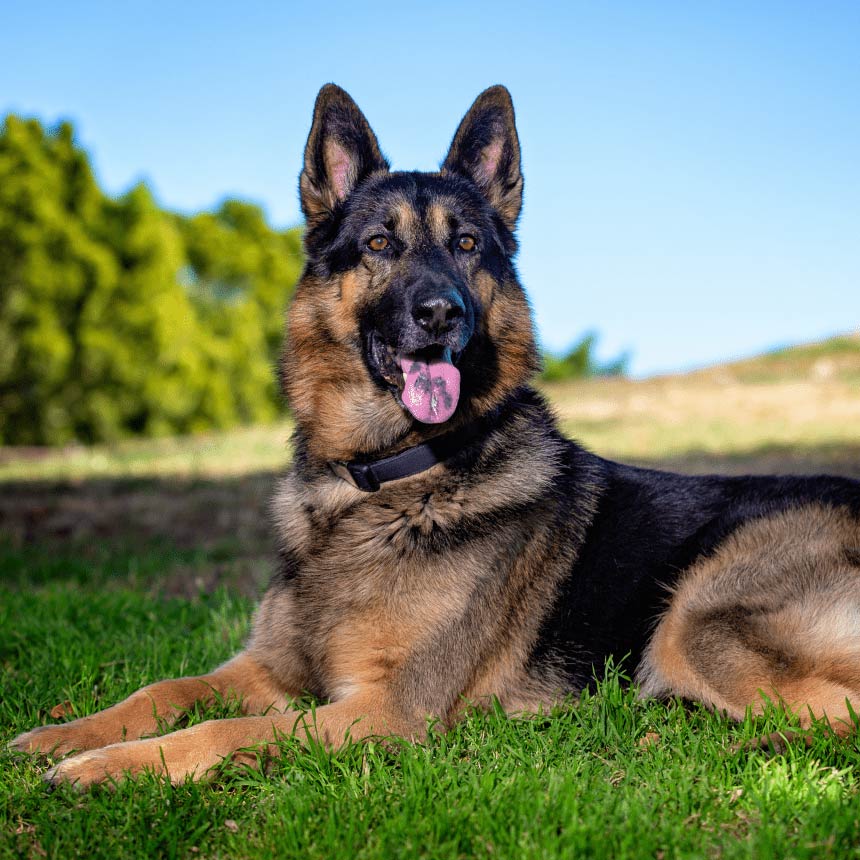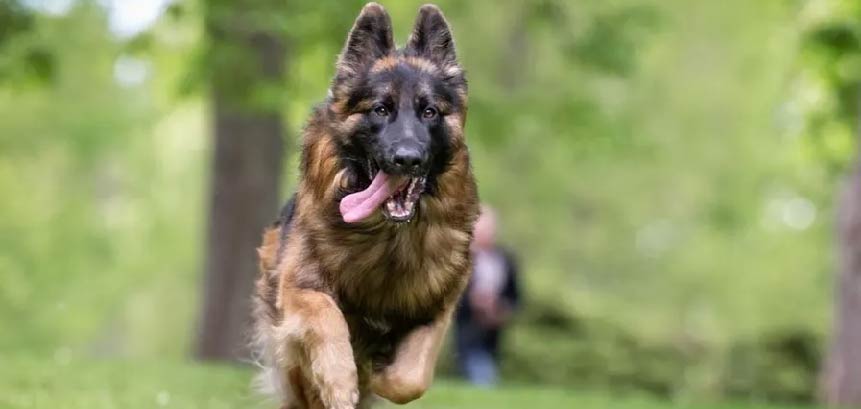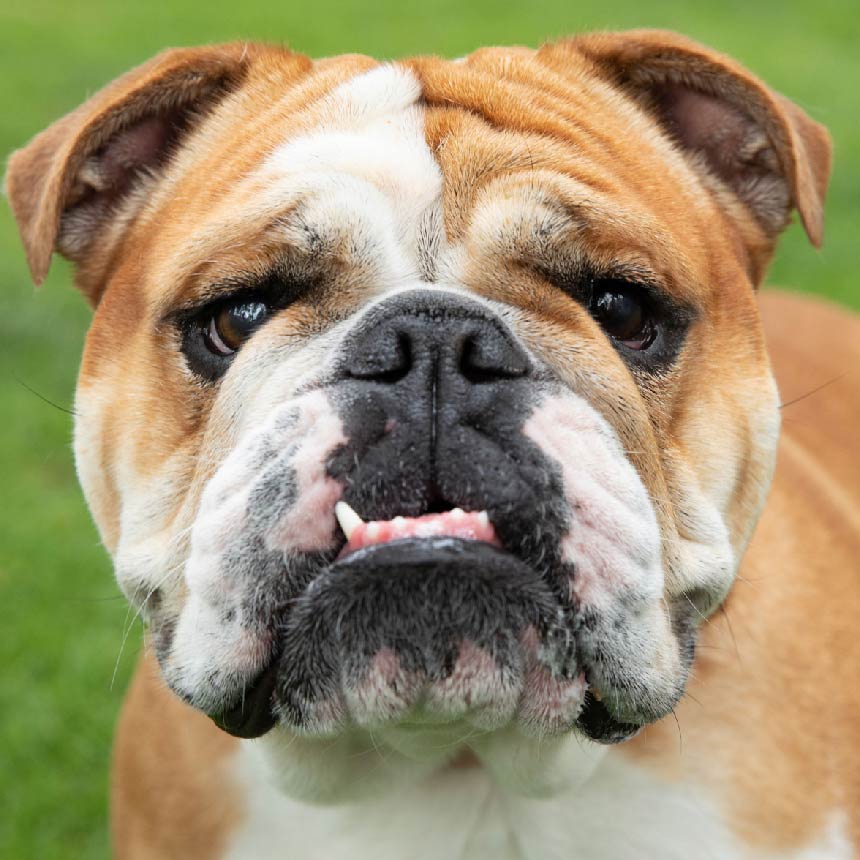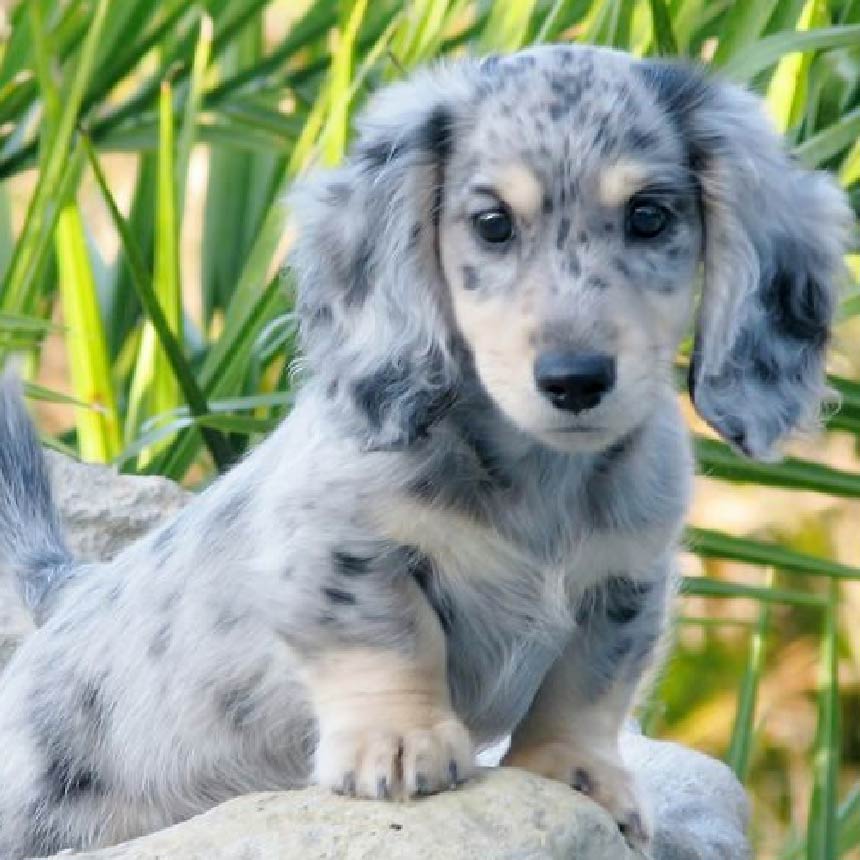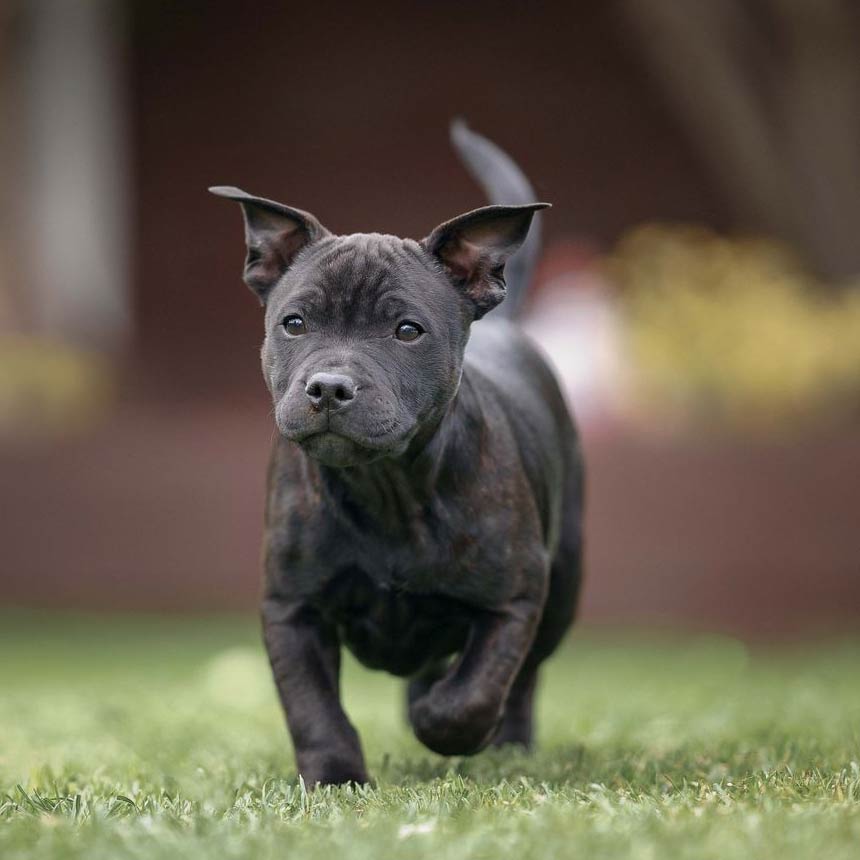German Shepherd – The German Shepherd Dog (GSD) is one of the world’s most versatile and admired breeds. Renowned for intelligence, loyalty, and courage, GSDs excel in roles ranging from family pets to police, military, and service work.
German Shepherd
Quick German Shepherd Facts
| Trait | Details |
|---|---|
|
|
Large |
|
|
60–65 cm, 30–40 kg |
|
|
55–60 cm, 22–32 kg |
|
|
90–120 minutes per day |
|
|
Large |
|
|
Weekly brushing (daily during shedding) |
|
|
Medium (short or long-haired) |
|
|
Yes – heavy seasonal shedder |
|
|
9–13 years |
|
|
6–10 puppies |
|
|
No |
|
|
Countryside or suburban |
|
|
Large, secure garden |
The German Shepherd Dog:
History & Origins
The breed originated in late 19th century Germany, developed by Captain Max von Stephanitz, who aimed to create the ultimate herding and working dog. Its reputation for adaptability soon spread worldwide, and it became a popular service and companion breed.
Appearance
German Shepherds are large, muscular, and well-balanced. They feature a double coat (short or long-haired), erect ears, and a bushy tail. Coat colours include black and tan, sable, and solid black.
Temperament & Personality
GSDs are loyal, confident, and protective. They bond deeply with their families and are naturally alert. With socialisation, they are affectionate, reliable companions and excellent with children.
Exercise Needs
Highly energetic, GSDs require 90–120 minutes of exercise daily, including physical and mental activities. Without adequate stimulation, they may become restless or destructive.
German Shepherd Training & Intelligence
One of the most intelligent breeds, German Shepherds excel in obedience, protection, and working roles. They thrive on structured, consistent training and respond best to positive reinforcement.
Health & Lifespan
Generally healthy, but prone to hip and elbow dysplasia, degenerative myelopathy, and digestive issues. Average lifespan: 9–13 years. Regular vet care and proper exercise help maintain long-term health.
German Shepherd Pros & Cons
Suitability
- Families: Excellent with children (with training/socialisation)
- First-time Owners: Can be challenging due to exercise needs
- Apartment Living: Not recommended
- Active/Working Owners: Ideal
German Shepherd Pros & Cons
| Pros | Cons |
|---|---|
|
|
|
|
|
|
|
|
|
|
|
|
Meet the German Shepherd
- Show all
- Cats
- Dogs


